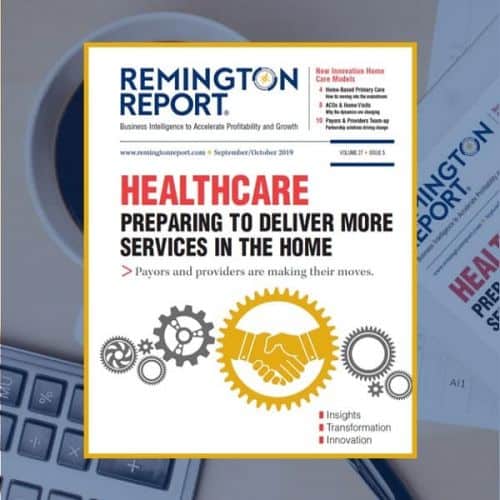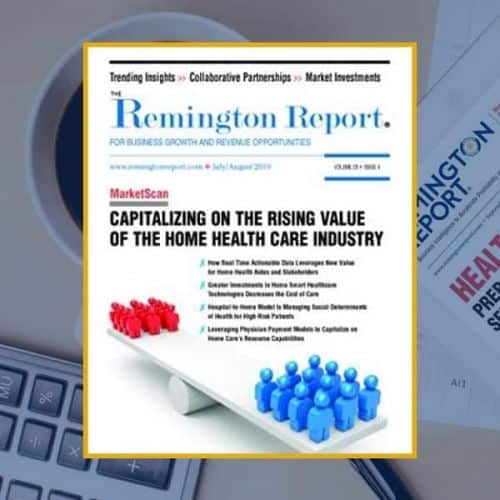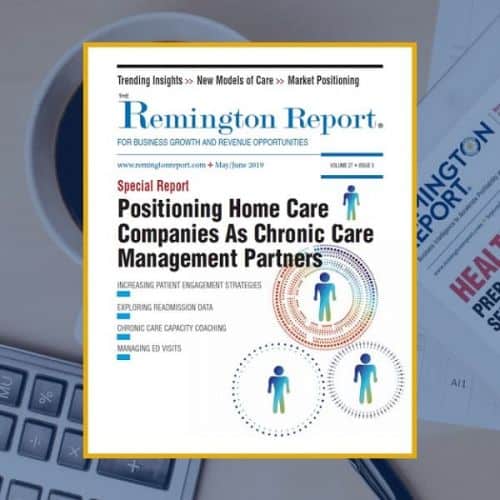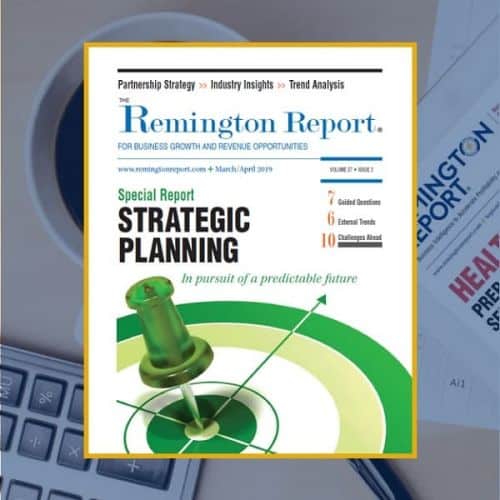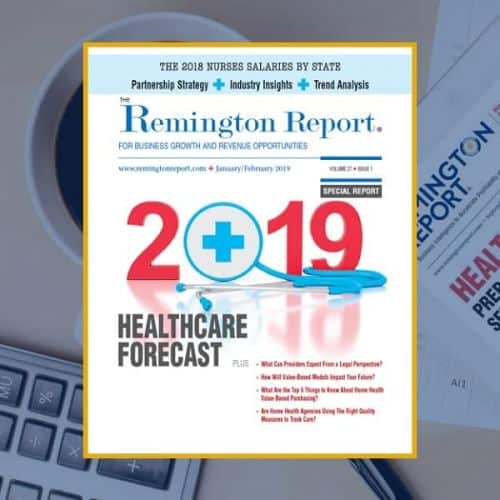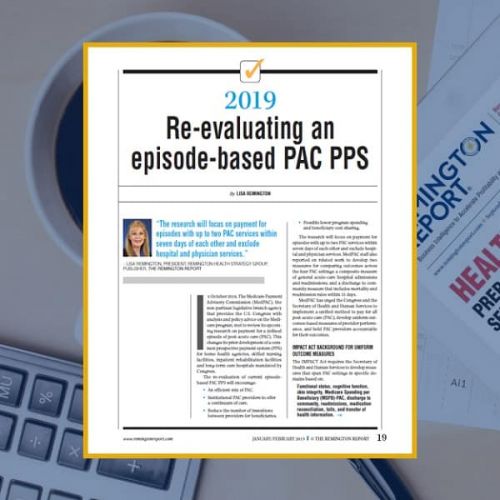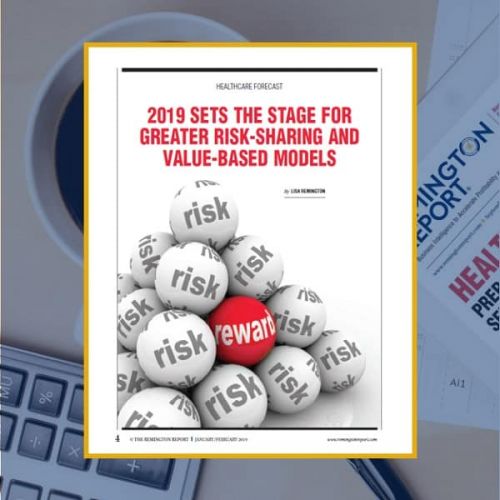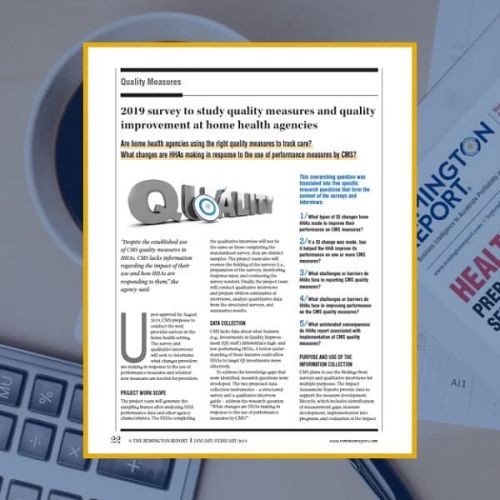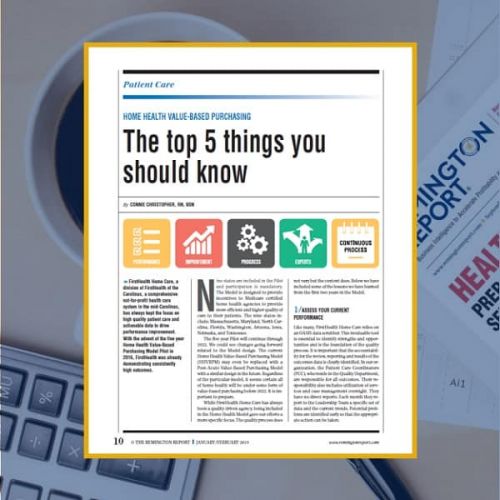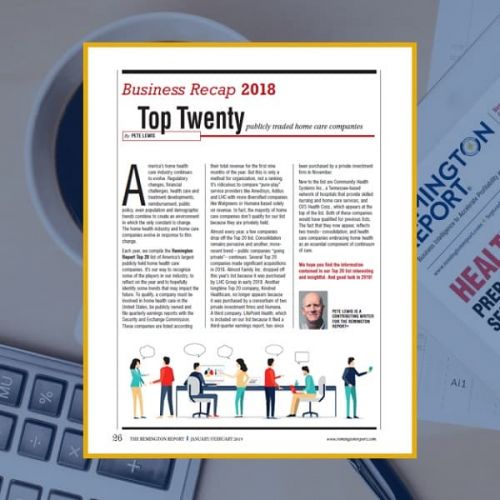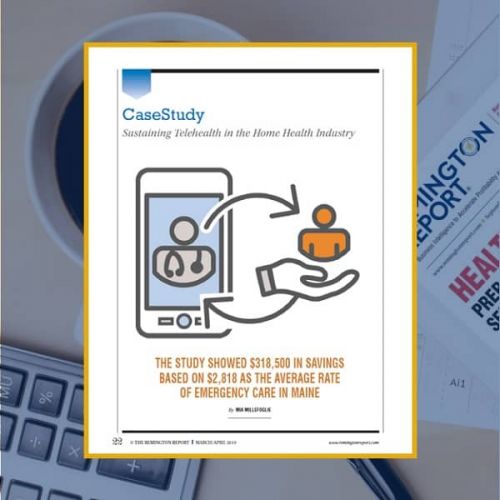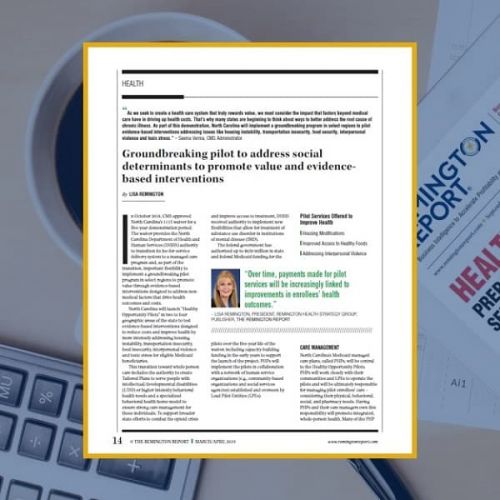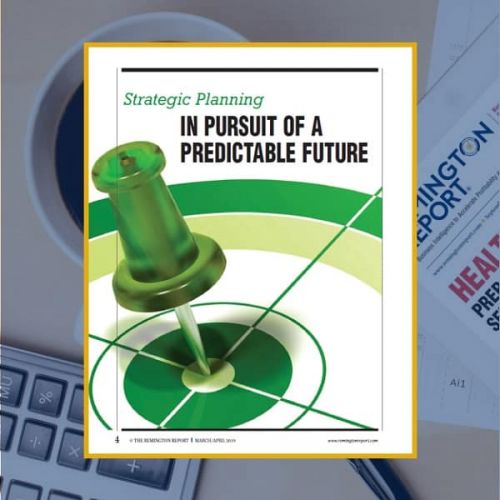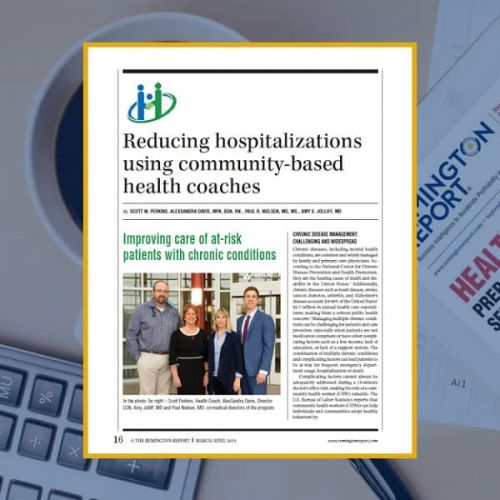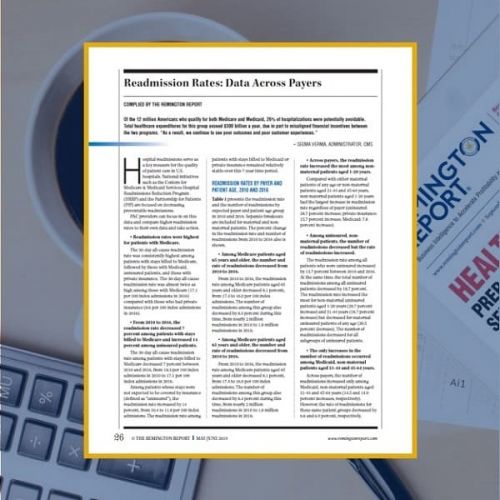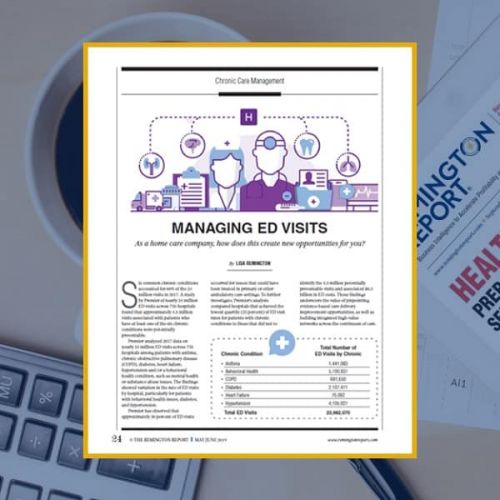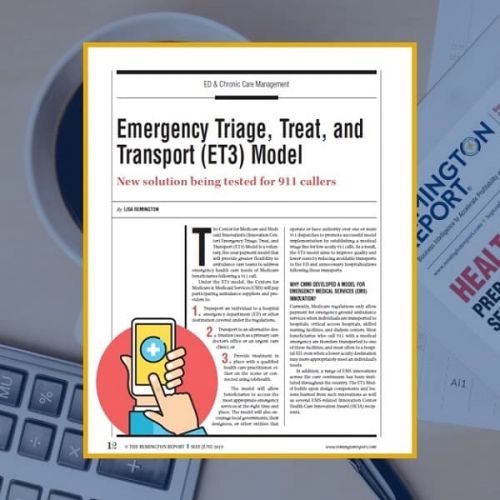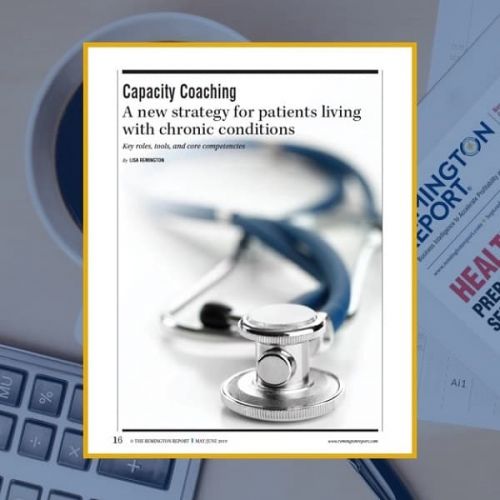This webinar is part of the six-event, on-demand webinar series: Next Generation Home Health Aide Model to Promote Growth and Partnerships
Webinar Summary
A key to targeting interventions begins with the investment in your workforce and data collection. What are the roles and responsibilities of an interdisciplinary team? In this webinar, we identify and discuss successful interdisciplinary team programs, processes, and approaches to build positive outcomes.
- Roles and responsibilities of a targeted interdisciplinary team
- Information flow
- Interdisciplinary team case study for high-risk patients
Want to purchase the entire series for $499? Click here.
- Webinar #1: The Changing Healthcare Landscape: The New Role of the Home Health Aides
- Webinar #2: How to Expand Payer Partnerships and Meet Their Goals
- Webinar #3: How to Expand the Role of Aides to be Part of an Interdisciplinary Team Member
- Webinar #4: How to Target Interventions to Improve Outcomes
- Webinar #5: How to Size-up Your Organization for Cultural Change
- Webinar #6: How to Boost Quality Scores and Performance Improvement
This webinar series promotes the growth of in-home community-based organizations and acceleration of relationships with payers.
The series addresses key insights and solutions to rethink strategy, focus on retention and recruitment programs, and position your organization as a valued-partner with payers.




